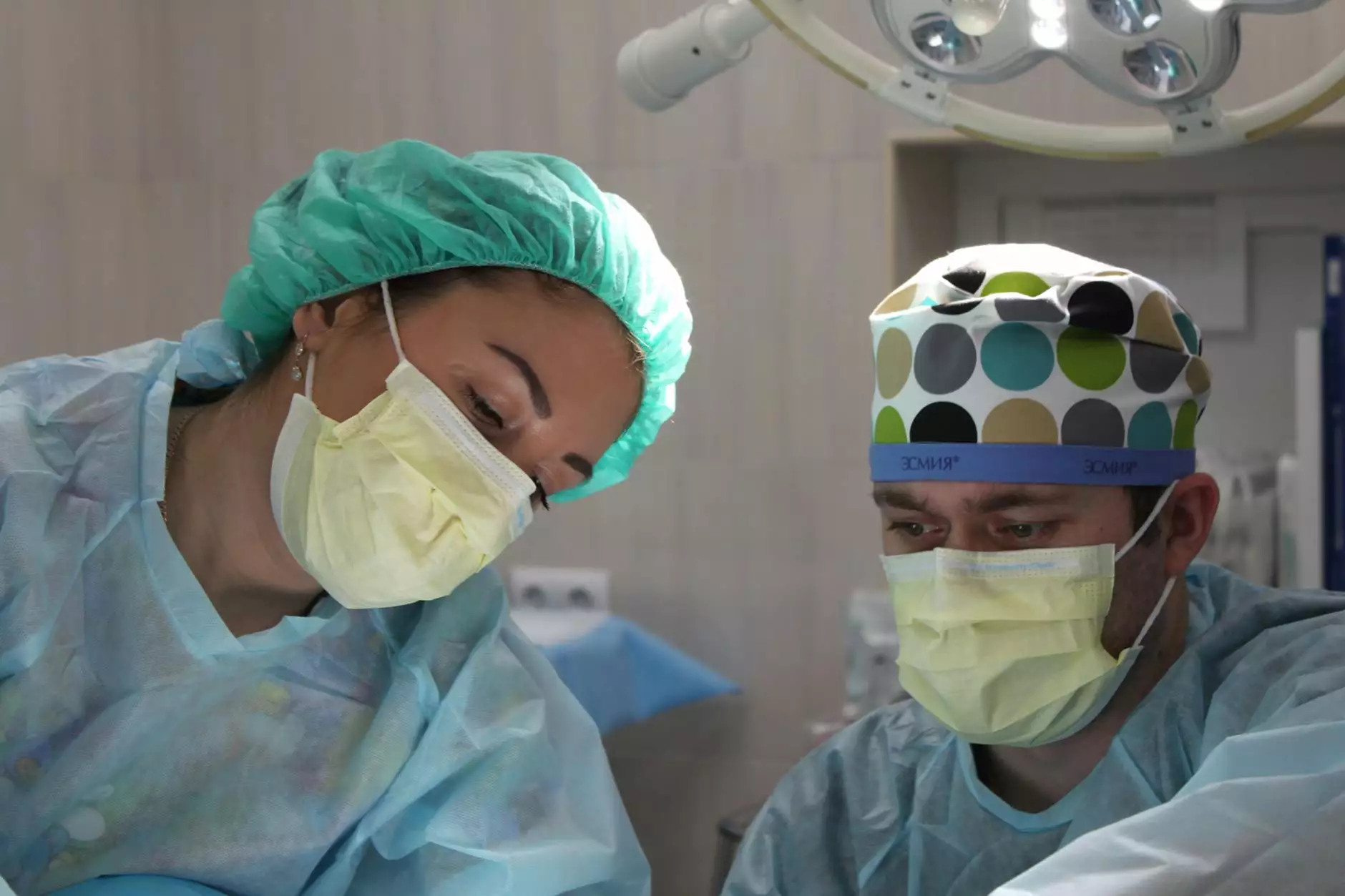Understanding Operative Hysteroscopy: Advancements in Gynecological Procedures

Operative hysteroscopy is a minimally invasive surgical procedure that allows doctors to diagnose and treat conditions related to the uterus. This has revolutionized the field of *gynecology*, providing patients with effective treatment options with less recovery time. In this extensive article, we will delve into the intricacies of operative hysteroscopy, exploring its purpose, the procedures involved, benefits, risks, and its place in modern medicine.
What is Operative Hysteroscopy?
Operative hysteroscopy involves the use of a hysteroscope, a specialized instrument equipped with a camera and surgical tools, which is inserted through the vagina and cervix into the uterus. This allows the surgeon to view the interior of the uterus in real-time, enabling both diagnosis and surgical intervention.
Indications for Operative Hysteroscopy
The procedure is typically recommended for a variety of reasons, including but not limited to:
- Removal of uterine fibroids - Noncancerous growths that can cause discomfort and bleeding.
- Polypectomy - Surgical removal of polyps that may develop in the uterine lining.
- Endometrial ablation - A treatment designed to destroy the lining of the uterus to alleviate heavy menstrual bleeding.
- Septoplasty - The correction of a uterine septum, which can affect fertility.
- Diagnosis of uterine conditions - Including abnormal bleeding, pain, or suspected malignancies.
The Operative Hysteroscopy Procedure
The entire process of operative hysteroscopy generally includes several key steps:
1. Pre-Operative Preparation
Prior to the procedure, patients will undergo a thorough evaluation that may include:
- A complete medical history review.
- Pelvic examinations.
- Ultrasounds or imaging studies to ascertain uterine health.
- Blood tests to check for underlying health issues.
2. Anesthesia
Operative hysteroscopy can be performed under local, regional, or general anesthesia depending on the complexity of the procedure and patient preference. Anesthesia ensures that the patient remains comfortable and pain-free during the surgery.
3. Insertion of the Hysteroscope
Once the anesthesia takes effect, the surgeon gently inserts the hysteroscope through the vagina and cervix into the uterus. The camera allows for visualization of the uterine cavity on a monitor, helping guide the procedure.
4. Surgical Interventions
With the uterine cavity clearly visible, various surgical tools can be introduced through the hysteroscope to perform necessary procedures. This may include:
- Resecting fibroids or polyps
- Cauterization to control bleeding
- Endometrial ablation techniques
5. Completion and Recovery
After the necessary procedures are completed, the hysteroscope is carefully removed. Most patients wake up in the recovery area and are monitored for a short period. Discharge instructions typically include care tips and when to seek medical attention.
Benefits of Operative Hysteroscopy
Operative hysteroscopy offers a multitude of benefits, including:
- Minimally Invasive - The technique does not require large incisions, contributing to reduced overall recovery time.
- Short Recovery Time - Most patients can resume normal activities within a few days, unlike traditional surgeries that may require weeks.
- Minimal Pain - Thanks to advanced anesthetic techniques and the procedure's less invasive nature, patients experience lower pain levels.
- High Success Rate - The procedural success rate for conditions like fibroids and polyps is notably high, leading to significant improvements in symptoms.
Risks and Considerations
As with any surgical procedure, there are potential risks involved with operative hysteroscopy, though they are relatively rare. These may include:
- Infection - Post-operative infection may occur, necessitating watchfulness and potential antibiotic treatment.
- Uterine Perforation - Rarely, the hysteroscope may inadvertently create a perforation in the uterine wall, which may require further intervention.
- Bleeding - Some bleeding post-procedure is common, but excessive bleeding should raise concerns.
- Anesthesia Complications - Reactions to anesthesia, while uncommon, can occur. It is crucial to discuss any concerns with the healthcare provider.
Patient Testimonials: The Impact of Operative Hysteroscopy
Many patients have found relief from their symptoms following operative hysteroscopy. Here are a few testimonials:
"After suffering from severe menstrual pain for years, I had operative hysteroscopy to remove fibroids. The improvement has been life-changing!" - Sarah A.
"I was nervous about the procedure, but the team at DrSeckin.com made me feel comfortable. My recovery was quick, and my heavy bleeding is gone!" - Maria K.
Preparing for Your Consultation
For those considering operative hysteroscopy, it’s essential to adequately prepare for your consultation. Here’s what you can do:
- List Your Symptoms - Document your symptoms, their frequency, and any impact on daily life.
- Gather Medical History - Including any existing health conditions and medications.
- Prepare Questions - Consider questions about the procedure, recovery, and what to expect.
- Discuss Concerns - Be open about any fears or concerns regarding the procedure.
The Future of Operative Hysteroscopy
The field of gynecology is continually evolving, with new technologies and techniques enhancing the capabilities of operative hysteroscopy. Advances in robotic surgery, 3D imaging, and enhanced recovery protocols are promising a future where these procedures become even safer, more effective, and more accessible to women worldwide.
Conclusion
Operative hysteroscopy signifies a major advancement in women's health, providing effective treatment for various uterine conditions while minimizing downtime and physical trauma. For women experiencing issues related to the uterus, this procedure can provide both relief and a renewed sense of health. If you are considering operative hysteroscopy, it is crucial to consult a qualified gynecologist to discuss your options and create a personalized treatment plan.
We invite you to learn more about operative hysteroscopy and how it can benefit you by visiting our website at drseckin.com, where our team of experts is ready to assist you in achieving optimal reproductive health.









